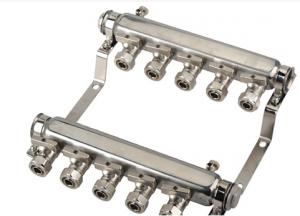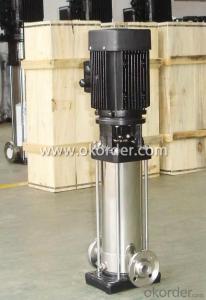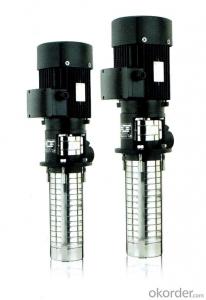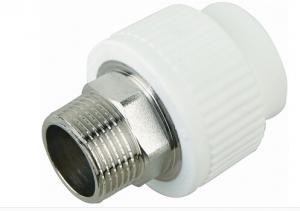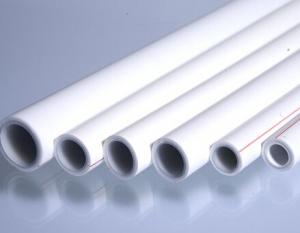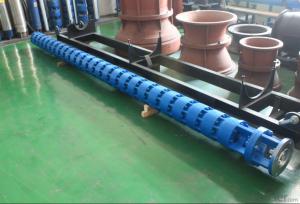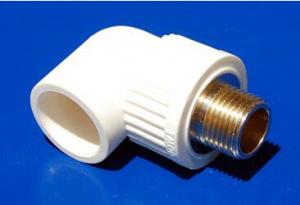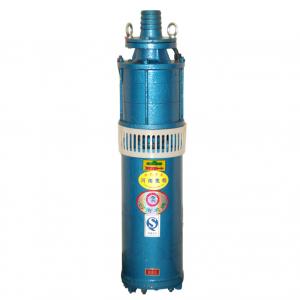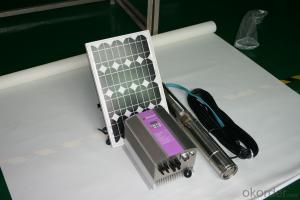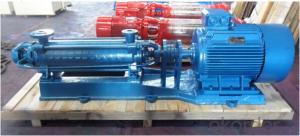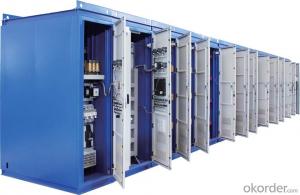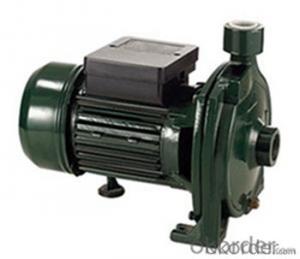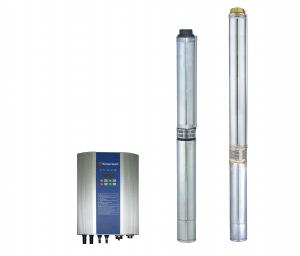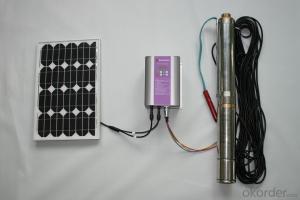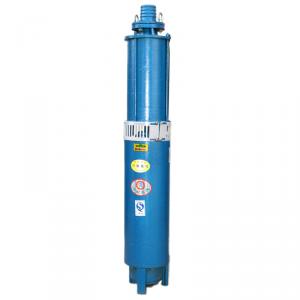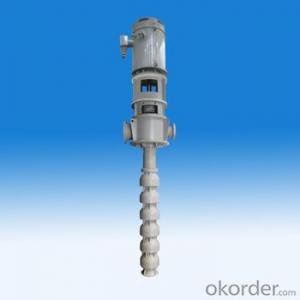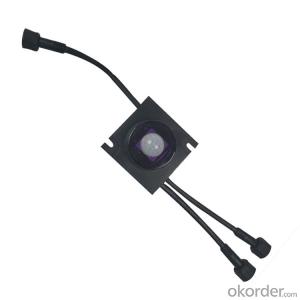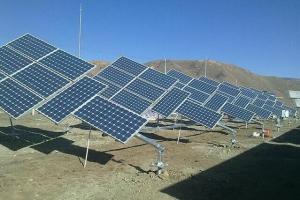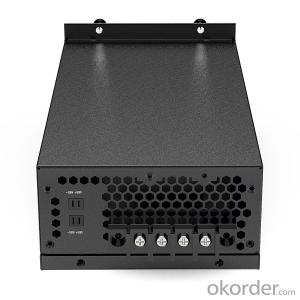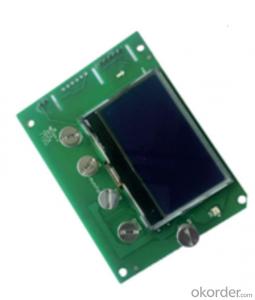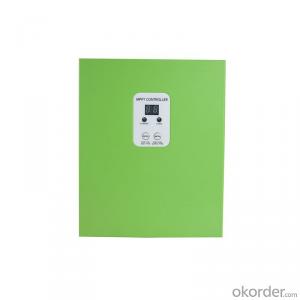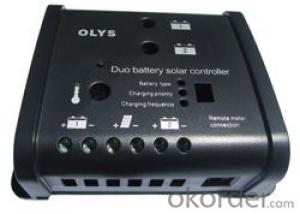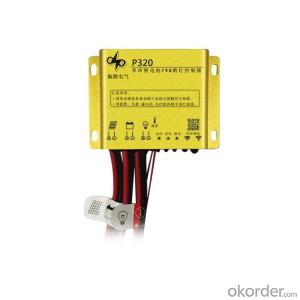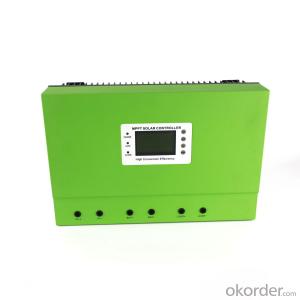Abb Solar Water Pump Inverter
Abb Solar Water Pump Inverter Related Searches
Wd 40 For Stainless Steel Best Inverter For Solar System Hot Water Bags For Pain Relief Mppt Inverter For Solar System Led Headlight Kits For Trucks Led For Cannabis Growing Hs Code For Solar Inverter Solar Shades For Windows Ready Made Bars For Home Plastic Mat For FloorHot Searches
Steel Mesh Panels For Sale Cheap High Tea Sets For Sale High Density Fiberboard For Sale Solar Hot Water Collectors For Sale Scaffolding For Sale In Uae Scaffolding For Sale In Ireland Scaffolding For Sale In Houston Type Of Inverter For Solar Used Solar Inverter For Sale Portable Led Signs For Sale Stone Hot Water Bottles For Sale Large Led Screens For Sale 1/4 Aluminum Plate For Sale Passive Solar Water Heater For Sale H4 Led Headlight Bulbs For Sale Air Pump For Aquarium Price Inverter Size For Solar System Solar Edge Inverter For Sale 5kw Solar Inverter For Sale Printed Solar Cells For SaleAbb Solar Water Pump Inverter Supplier & Manufacturer from China
Okorder.com is a professional Abb Solar Water Pump Inverter supplier & manufacturer, offers integrated one-stop services including real-time quoting and online cargo tracking. We are funded by CNBM Group, a Fortune 500 enterprise and the largest Abb Solar Water Pump Inverter firm in China.Hot Products
FAQ
- Yes, a solar controller can be used with solar-powered indoor waste management facilities. A solar controller is designed to regulate and optimize the charging and discharging of batteries in a solar power system. In an indoor waste management facility powered by solar energy, the solar controller can efficiently manage the charging of batteries using solar panels, ensuring a continuous and reliable power supply for waste management operations.
- A solar controller helps prevent damage to solar panels from environmental pollutants by regulating the flow of electricity from the solar panels to the connected battery or grid. One of the key functions of a solar controller is to protect the solar panels from overcharging, which can occur due to excessive sunlight exposure or higher voltage levels. Overcharging can lead to increased heat generation and can make the solar panels more vulnerable to damage from environmental pollutants. The solar controller continuously monitors the voltage and current levels of the solar panels and ensures that they remain within safe operating limits. If the voltage or current exceeds the specified levels, the solar controller automatically adjusts the charging process to prevent overcharging and potential damage to the panels. Furthermore, a solar controller also helps prevent damage from environmental pollutants by providing protection against reverse current flow. During periods of low or no sunlight, when the solar panels are not generating electricity, there is a risk of reverse current flowing back from the battery or grid into the panels. This can cause damage to the solar cells. The solar controller prevents this reverse current flow by blocking it and ensuring that the flow of electricity is always in the desired direction. In addition to these protective functions, some advanced solar controllers also incorporate features like temperature compensation, which adjusts the charging parameters based on the ambient temperature. This helps optimize the charging process and prevents potential damage to the panels caused by extreme temperature variations. Overall, by regulating the charging process, preventing overcharging, and blocking reverse current flow, a solar controller plays a vital role in safeguarding the solar panels against damage from environmental pollutants and ensuring their long-term performance and durability.
- The efficiency rating of a solar controller typically varies depending on the specific model and brand, with most modern controllers having an efficiency rating ranging from 95% to 98%. This indicates their ability to convert 95% to 98% of received solar energy into usable power for battery charging or device powering, while the remaining percentage is typically lost as heat during conversion. It should be noted that factors such as temperature, system voltage, and component quality can affect the efficiency of a solar controller.
- Yes, a solar controller can be used in conjunction with a power inverter. The solar controller is responsible for regulating the charging of batteries from solar panels, while a power inverter converts the DC power from the batteries into AC power for use in appliances. By using both devices together, solar energy can be efficiently stored and converted into usable electricity.
- The maximum voltage input for a solar controller typically depends on the specific model and manufacturer. However, in general, solar controllers can handle maximum voltage inputs ranging from 12 to 48 volts. It is crucial to refer to the product specifications or consult the manufacturer's guidelines to determine the exact maximum voltage input for a specific solar controller model.
- Solar microinverters can indeed be used with a solar controller. The primary function of a solar controller is to regulate the battery bank's charge in a solar power system. On the other hand, a microinverter is responsible for converting the DC power produced by each solar panel into AC power, which can either be used in the electrical grid or consumed directly. Although the solar controller and microinverters have distinct roles in a solar power system, they can collaborate to enhance the system's performance and efficiency. The solar controller oversees the entire battery charging process, while the microinverters handle power conversion at the individual solar panel level. Consequently, both components are indispensable for the smooth operation and effectiveness of a solar power system.
- To maintain a solar controller, there are a few key steps that you should follow: 1. Regularly inspect the controller: Check for any signs of damage or wear on the controller itself. Look for loose connections, frayed wires, or any other visible issues. If you notice any problems, address them promptly to prevent further damage. 2. Clean the solar controller: Dust, dirt, and debris can accumulate on the solar controller over time, reducing its efficiency. Use a soft cloth or a brush to gently clean the surface of the controller. Avoid using harsh chemicals or abrasive materials as they may damage the controller. 3. Check the connections: Ensure that all the connections between the solar panels, battery, and load are secure and properly tightened. Loose connections can lead to power loss and inefficiency. If you find any loose or corroded connections, tighten them or replace them if necessary. 4. Inspect the battery: If your solar controller is connected to a battery, regularly check its condition. Monitor the battery voltage and ensure it is within the recommended range. If the battery voltage drops significantly, it may indicate a problem with the controller or the battery itself. 5. Update firmware (if applicable): Some solar controllers have firmware that can be updated to improve performance or address any bugs or issues. Check the manufacturer's instructions or website for any available firmware updates and follow the instructions to update the controller if needed. 6. Protect from extreme temperatures: Solar controllers are designed to operate within a specific temperature range. Extreme heat or cold can affect their performance or even damage them. If possible, install the solar controller in a location that offers protection from extreme temperatures. 7. Follow manufacturer's guidelines: Finally, always refer to the manufacturer's guidelines and instructions for specific maintenance recommendations for your solar controller model. Different controllers may have unique maintenance requirements, so it's essential to follow the manufacturer's guidelines to ensure proper care and longevity of your solar controller.
- Yes, a solar controller can be used with solar-powered remote control systems. A solar controller regulates and optimizes the charging process of batteries in solar systems, ensuring the efficient use of solar power. It can be integrated into solar-powered remote control systems to manage the energy flow and maintain battery health, enabling reliable and sustainable operation.





